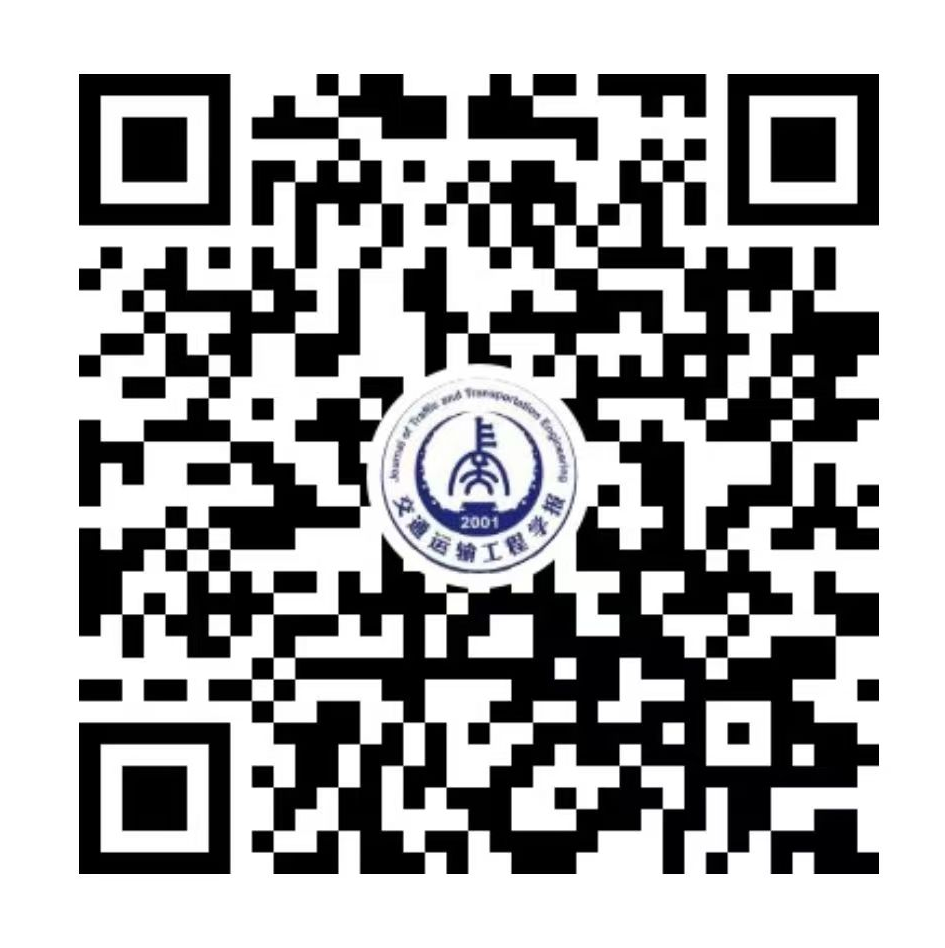2022 Vol. 22, No. 4
Display Method:
Conversion relationship between uniaxial compressive strength and point load strength of sandy slate
Abstract:
2022, 22(4): 148-158.
doi: 10.19818/j.cnki.1671-1637.2022.04.011
Abnormal fastener detection model based on deep convolutional autoencoder with structural similarity
Abstract:
2022, 22(4): 186-195.
doi: 10.19818/j.cnki.1671-1637.2022.04.014





